Exploring the Best of Art Deco Design
Between April and October 1925, Paris saw a remarkable influx of 16 million visitors to the banks of the Seine, drawn to explore exhibits heralded for their originality, practicality, and modern inspiration. The Exposition internationale des arts décoratifs et industriels modernes stretched from the Esplanade des Invalides to the Grand Palais and marked the introduction of a new style that matured in the wake of World War I.
This style, known as art deco, encompassed various disciplines and was marked by bold geometric lines, vibrant colors, luxurious materials, and exotic patterns. It was inspired by themes of freedom, speed, travel, and mechanization, rapidly gaining popularity worldwide. Although its popularity waned during World War II, art deco has seen a resurgence in recent times. A prime example is the refurbished Beaumont Mayfair hotel, which features an art deco garage from 1926, tastefully updated for contemporary guests.
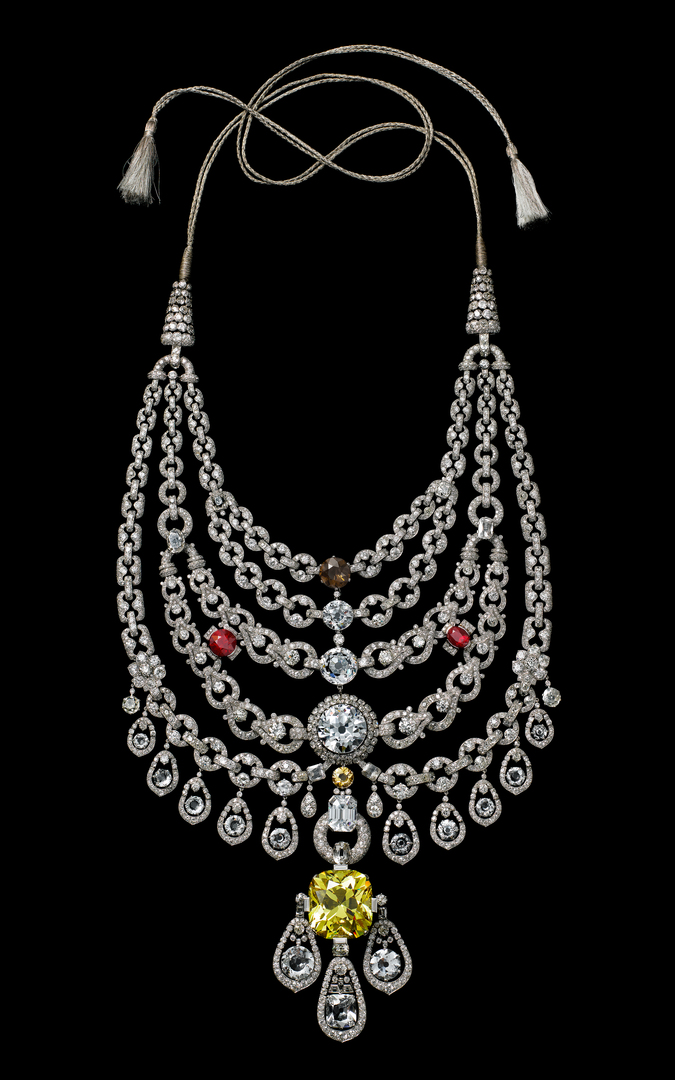
Jewellery: Cartier’s Influence at the V&A and Eltham Palace, London
During the 1920s, Cartier, the famed Parisian jeweler, rose to prominence, opening branches in major cities like London and New York and attracting a prestigious clientele, including the British royal family. The iconic Trinity bracelets and rings, stunning tutti-frutti bandeaux, and brooches featuring grand rectangular gems epitomize the art deco style. The new Cartier exhibition at the V&A, concluding on November 16, showcases these masterpieces. Meanwhile, at Eltham Palace, a historic site featuring a medieval great hall and an extravagant art deco mansion, two exquisite Cartier brooches adorned with diamonds, pink tourmaline, and blue sapphires have been revealed. These pieces, depicting a falcon and fetterlock as well as a white York rose, celebrate the renovation of the palace.
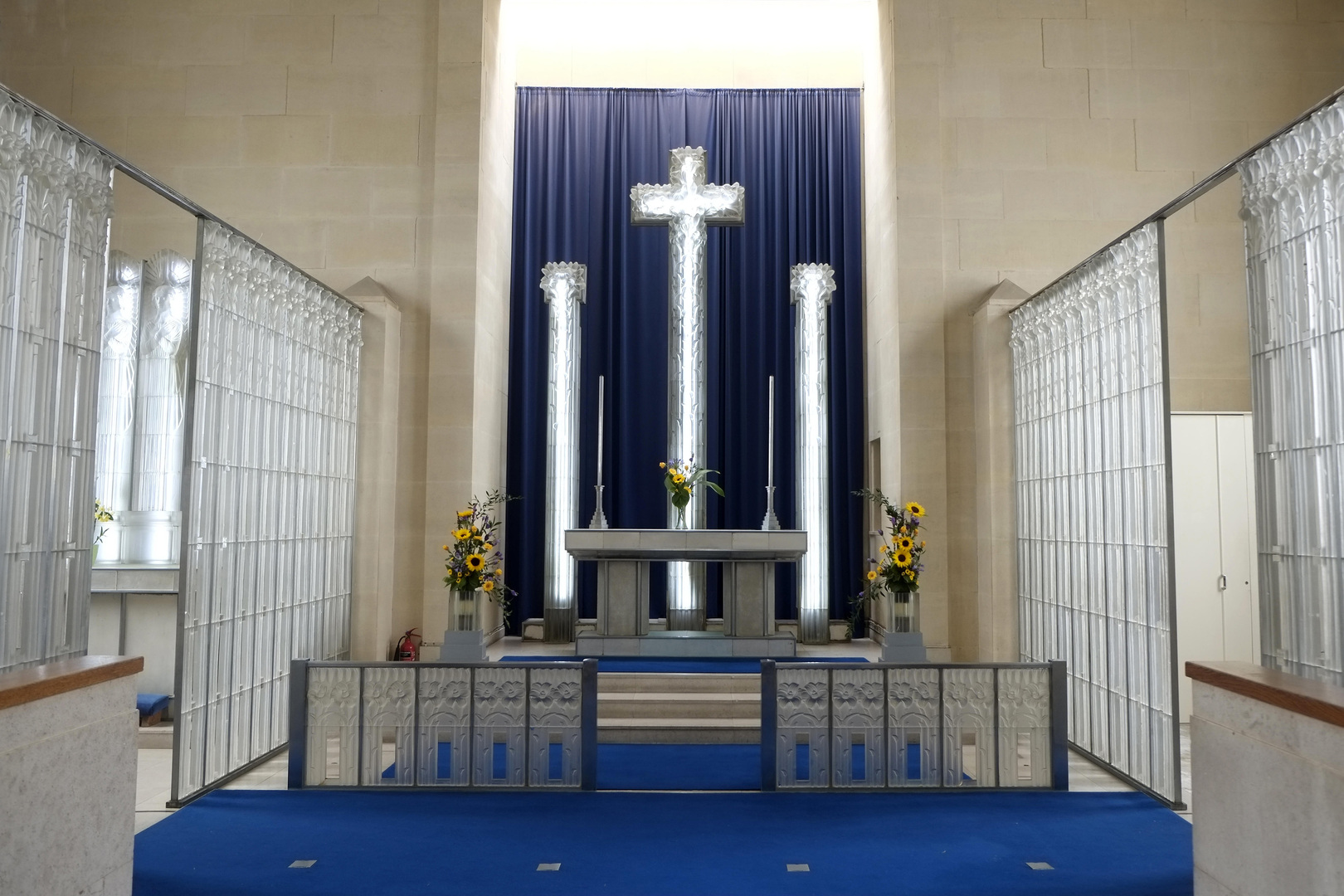
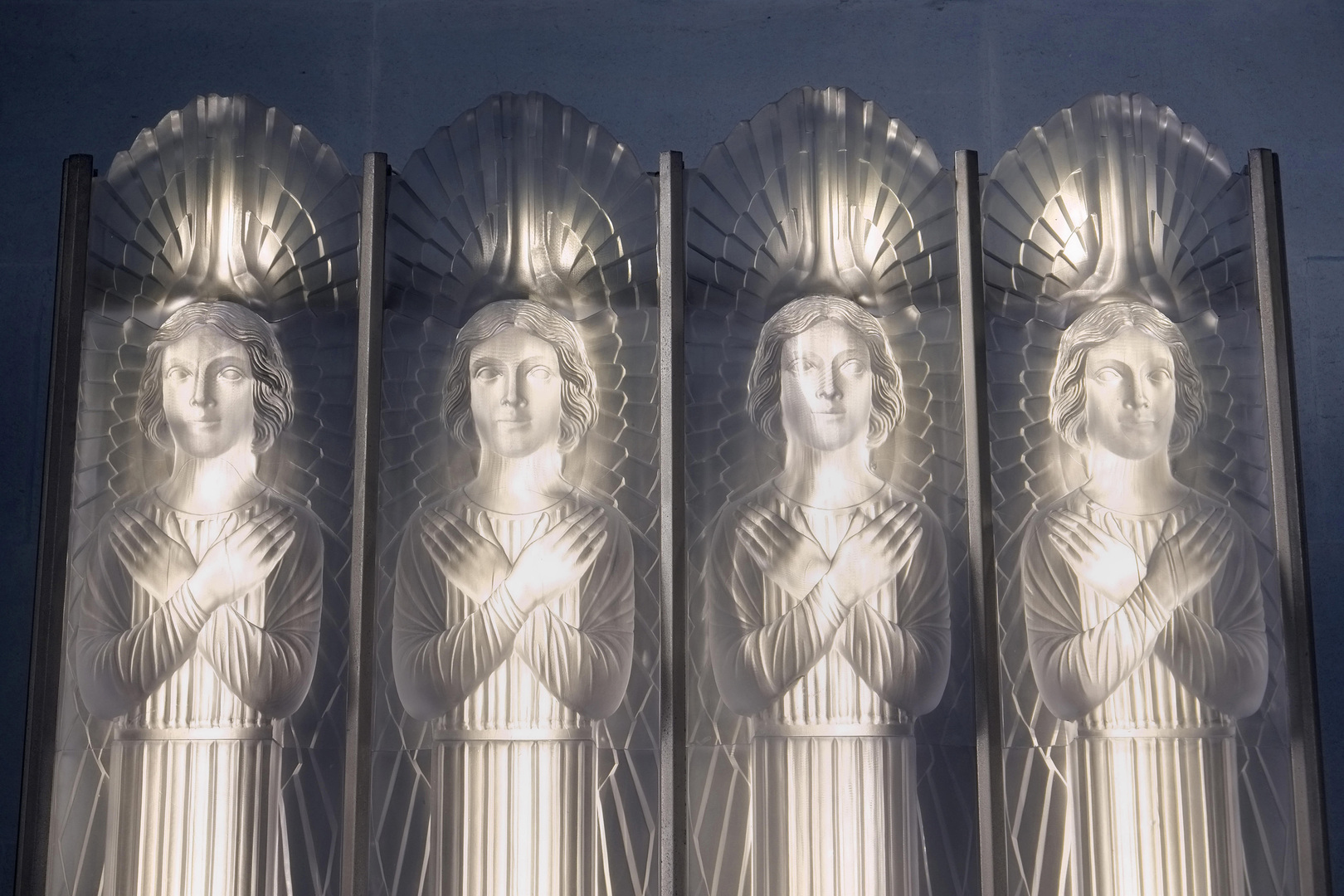
Glass Art: René Lalique’s Masterpieces in Jersey, Channel Islands
At the 1925 Paris Exhibition, attendees encountered a remarkable 15-meter fountain adorned with 128 glass caryatids, illuminated at night, all crafted by the renowned artist René Lalique (1860-1945). Previously famous for his art nouveau jewelry, Lalique shifted to industrial glasswork, creating stunning pieces showcased at the V&A, including press-molded vases, Pullman train carriage dividers, and car mascots. However, St Matthew’s Glass Church in Jersey surpasses these in beauty, featuring frosted glass angels in its double doors, a towering illuminated altar cross, and four striking glass screens.
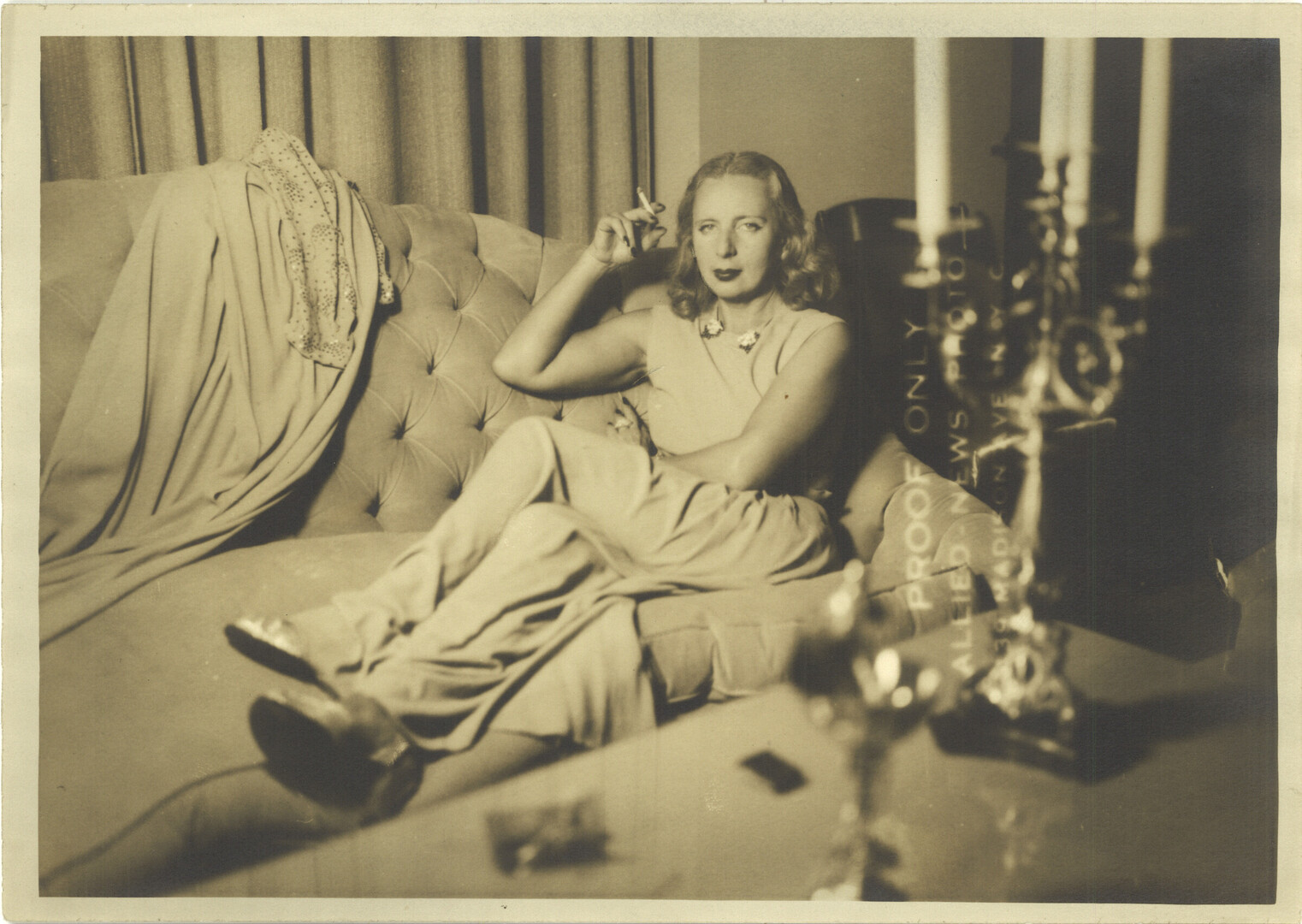
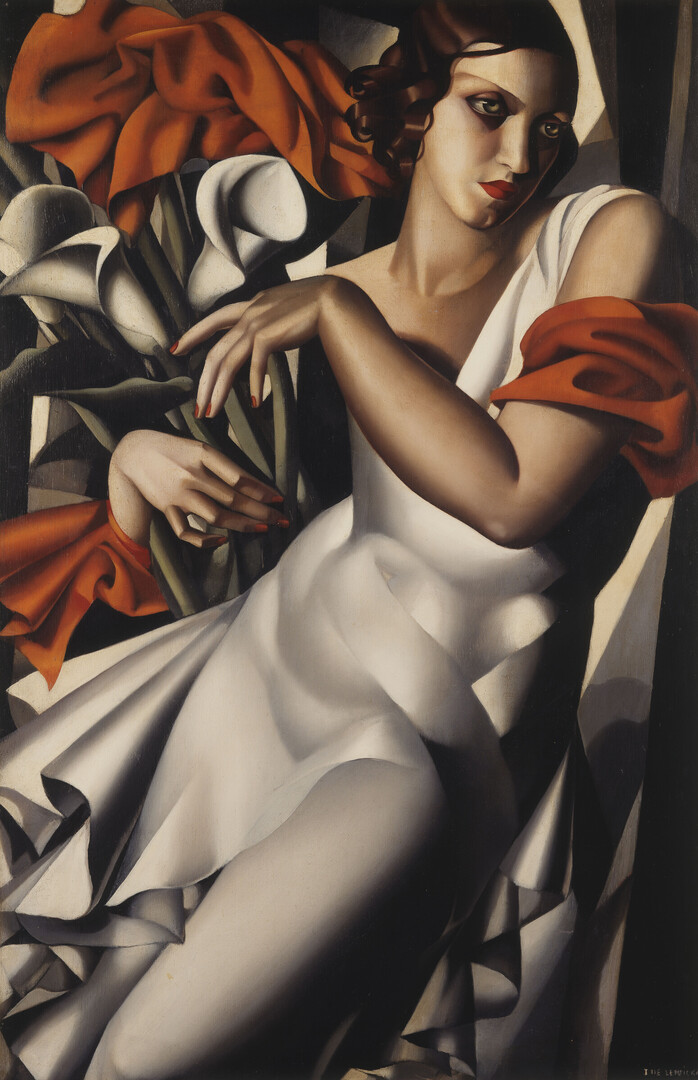
Art: Tamara de Lempicka at Christie’s London and Houston, USA
Tamara de Lempicka (1898-1980) became a celebrated society portraitist in post-war Paris, with her iconic close-cropped portraits in high demand. One notable sale included her “Portrait du Docteur Boucard,” which went for £6.6 million at Christie’s London, while her record-setting work, the 1932 “Portrait of Marjorie Ferry,” fetched £16.3 million. An extraordinarily talented artist born into a wealthy Jewish family, Lempicka evaded various forms of persecution in her native Poland and across Europe before settling in the United States. The Museum of Fine Arts in Houston is currently featuring the exhibition “Tamara de Lempicka” until May 26, which showcases 90 of her paintings alongside art deco fashion and design pieces from its collection.
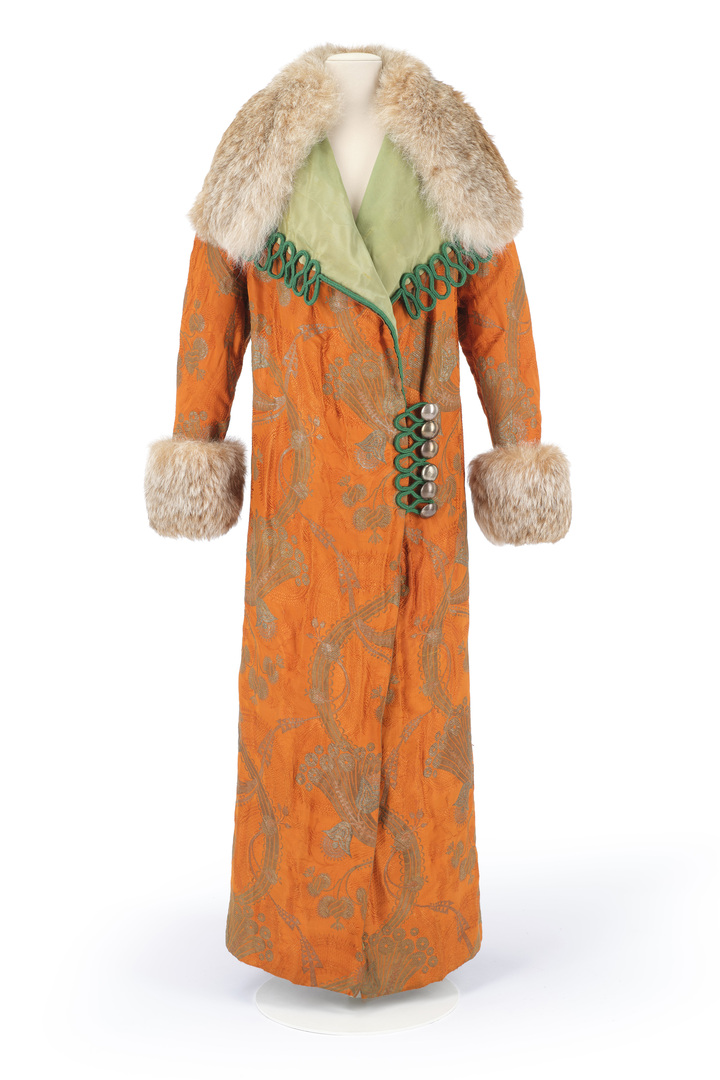
Furniture and Furnishings: Émile-Jacques Ruhlmann at the MAD, Paris
One key highlight of the Paris Exhibition was the Hôpital du Collectionneur, an ideal home designed by the innovative Émile-Jacques Ruhlmann (1879-1933). The V&A showcases examples of his art deco furniture, including a dressing table crafted from Andaman padouk-veneered oak featuring intricate ivory and ebony inlays. To commemorate the centennial of art deco, the Musée des Arts Décoratifs (MAD) in Paris is hosting an exhibit focused on Ruhlmann’s wallpapers and textiles that complement his furniture designs. The exhibit “Ruhlmann Decorator” runs until June 1, followed by a fashion exhibit celebrating Paul Poiret, the renowned designer known for his revolutionary approach to women’s attire.
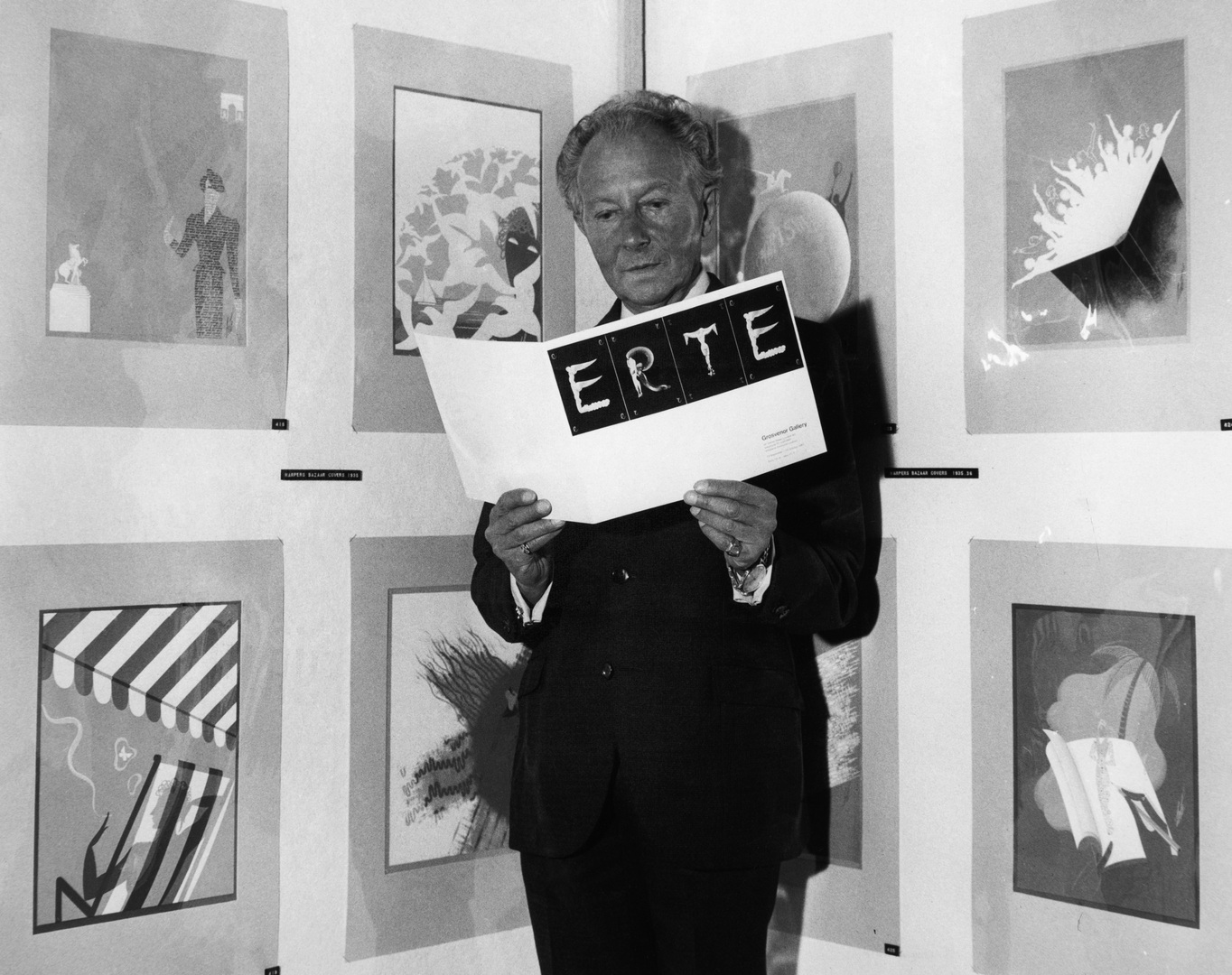
Fashion: Erté at Tate Britain
Romain de Tirtoff, known as Erté (the French pronunciation of his initials RT), is celebrated for over 200 covers he designed for Harper’s Bazaar between 1915 and 1935. The aristocratic artist and designer, originally from St. Petersburg, made a significant impact on fashion through work across various platforms, including Broadway, the Paris Opera, and the Folies Bergère music hall. Tate Britain showcases limited-edition prints from his “Numbers and Precious Stones” series, which emerged following his London exhibition in 1967, available for viewing by appointment.
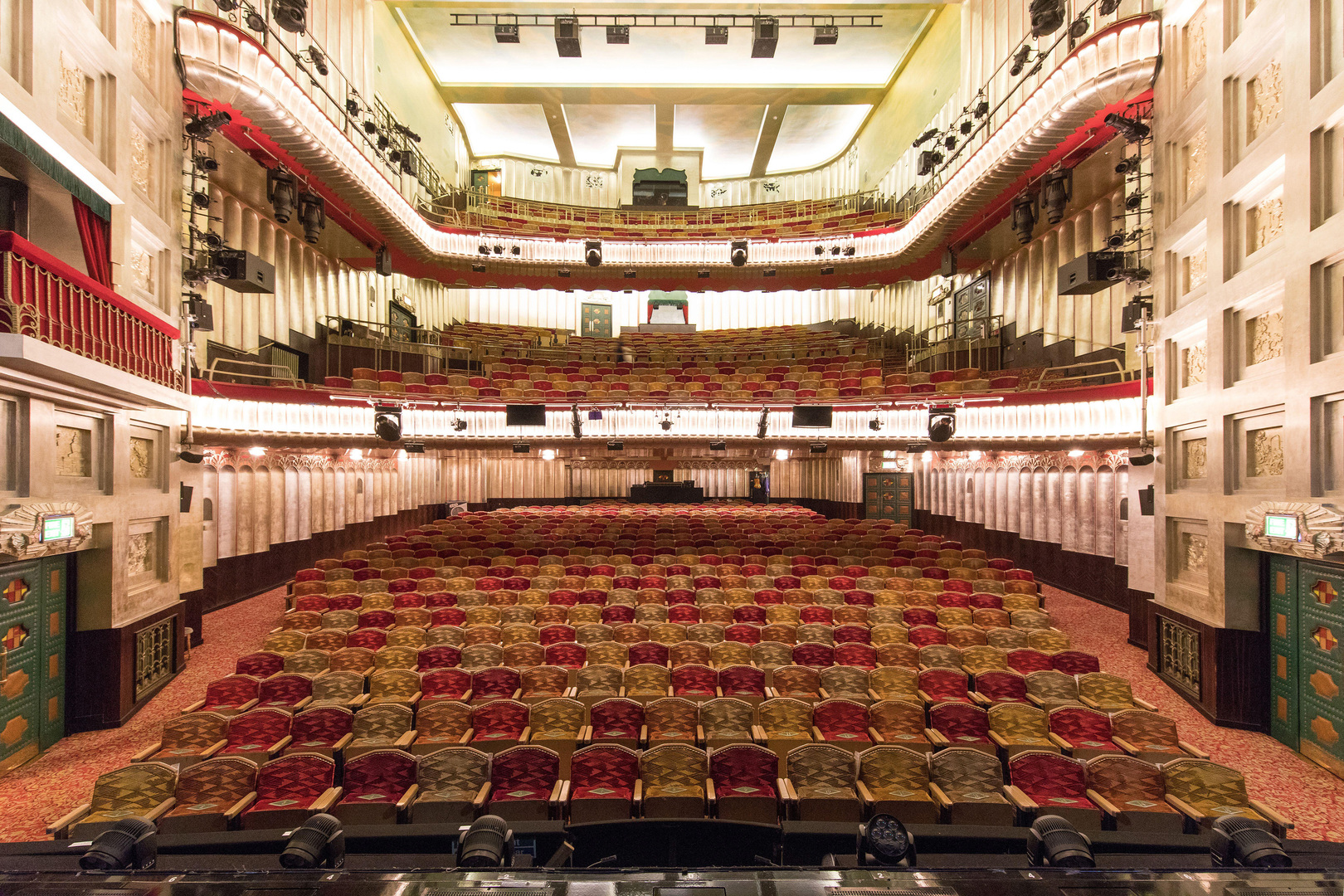
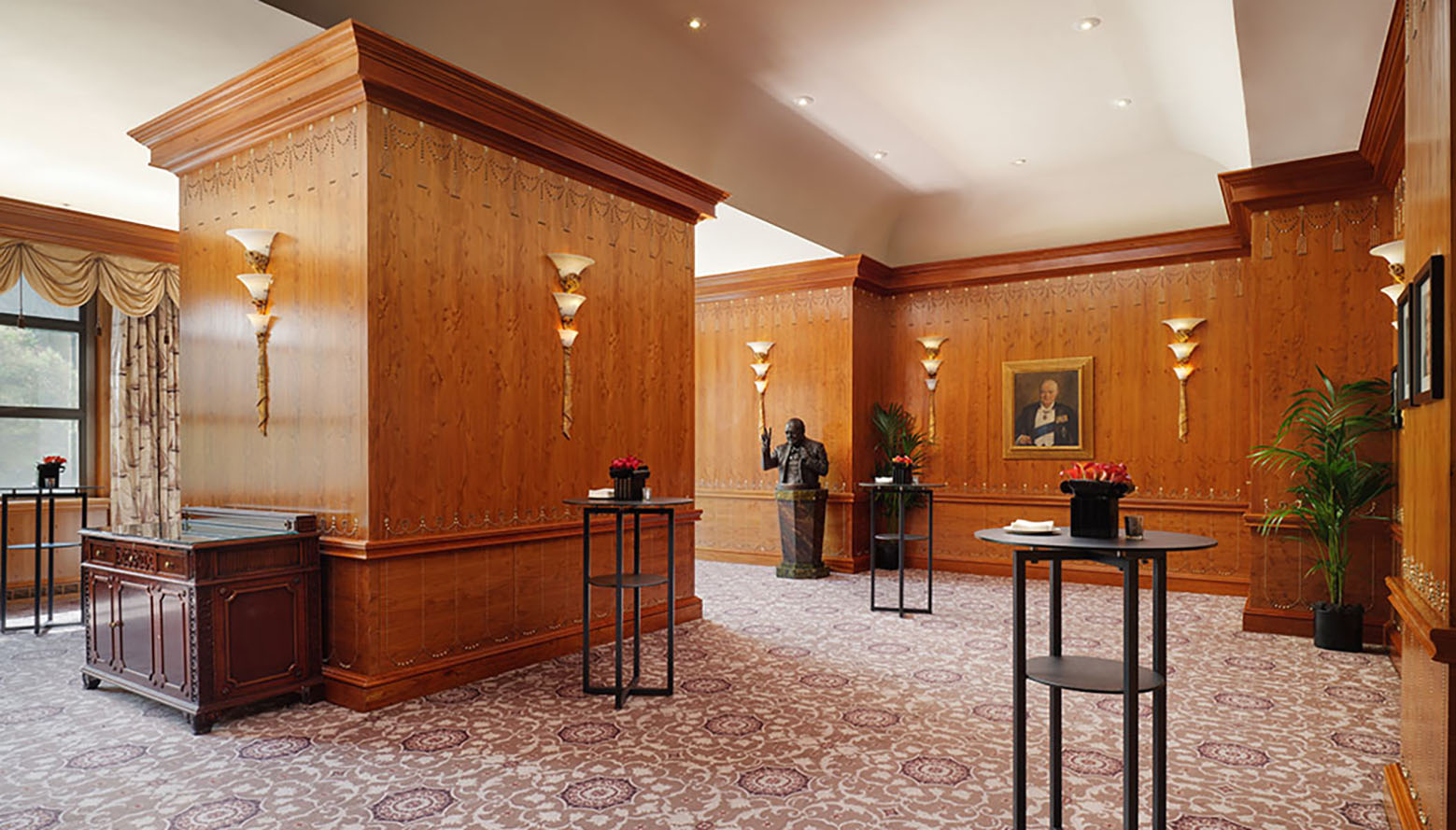
Hotel Interiors: Basil Ionides at the Savoy and Claridge’s
Known for his intricate decor at the Savoy Theatre, Basil Ionides left a remarkable legacy through his art deco interiors at the Savoy hotel, including the elegant Pinafore private dining room. He also influenced the restaurant and entrance at Claridge’s, subtly modernizing its suites. To celebrate the centenary of the Paris Exhibition, Claridge’s archivist Kate Hudson will lead monthly tours of the hotel’s ground floor from April, highlighting Ionides’ contributions, including mirrored screens in the Fumoir and art deco features curated by his successor, Oswald Milne.
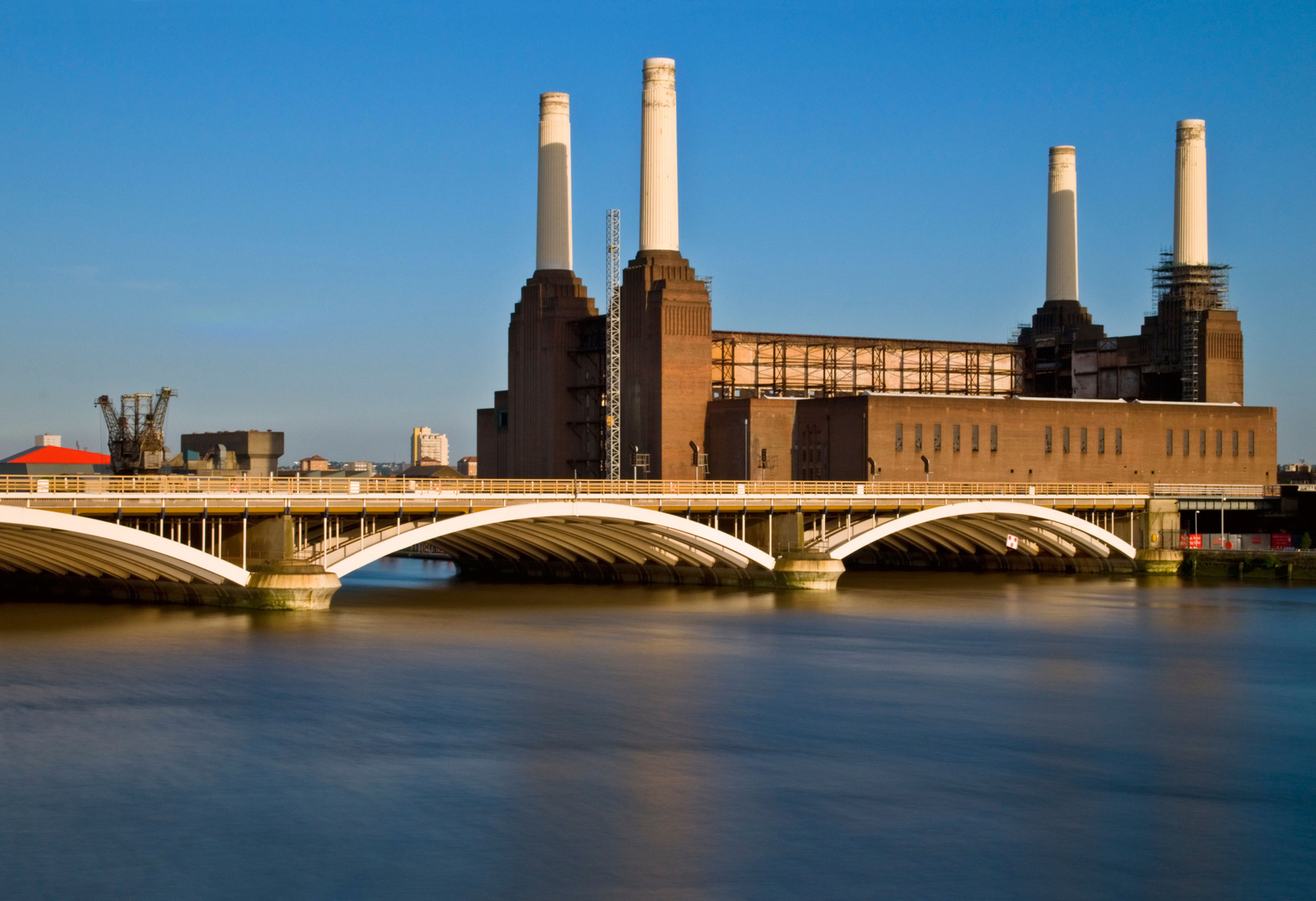
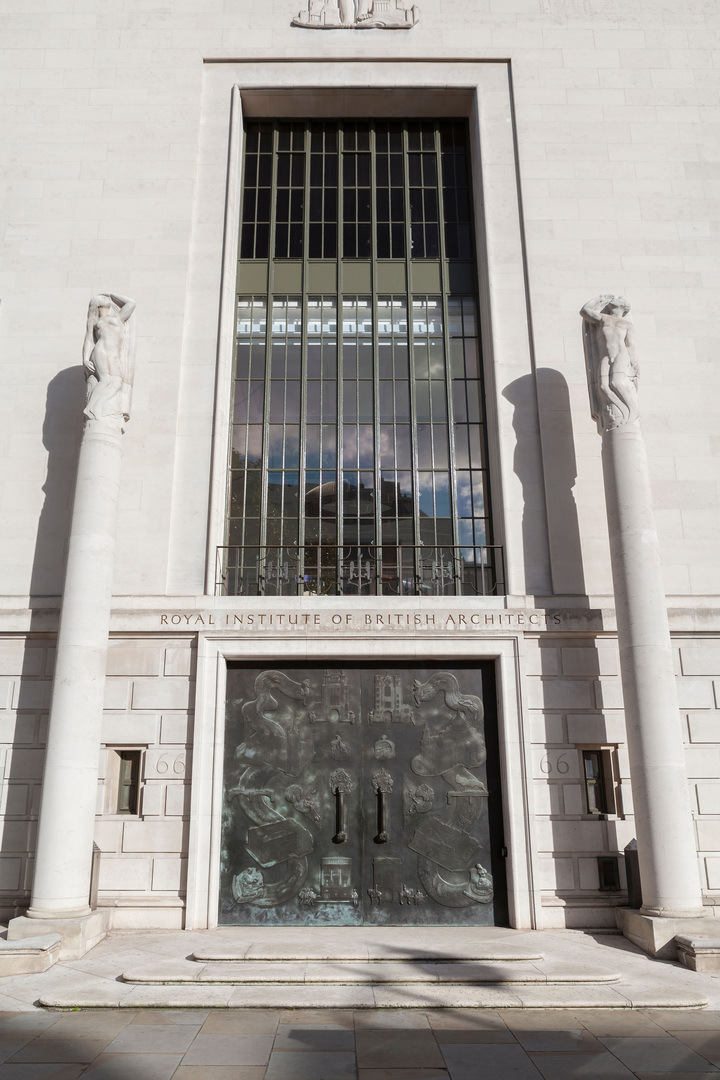
Architecture: RIBA Headquarters, London and Beyond
London boasts numerous art deco buildings, including the iconic headquarters of the Royal Institute of British Architects (RIBA), a reinforced concrete structure with striking cast bronze doors. This site will temporarily close in May for renovations lasting three years. Other significant art deco landmarks featured in a practical Art Deco London Map include the Hoover Building and Battersea Power Station, with 70 notable structures highlighted. Additionally, “Art Deco Britain: Buildings of the Interwar Years” offers an illustrated overview of this architectural style across England, Wales, and Scotland, documenting various iconic sites.
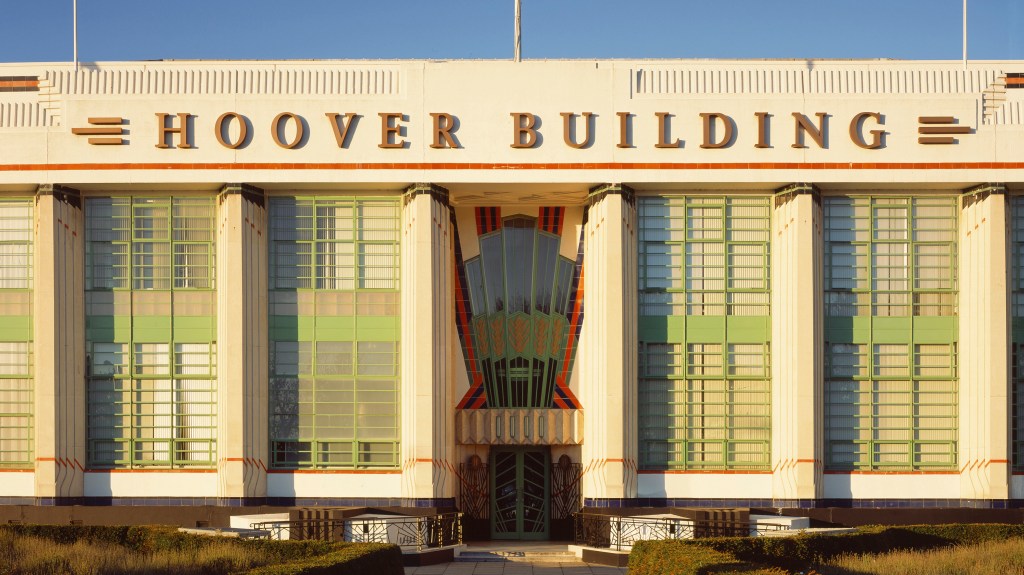



Post Comment